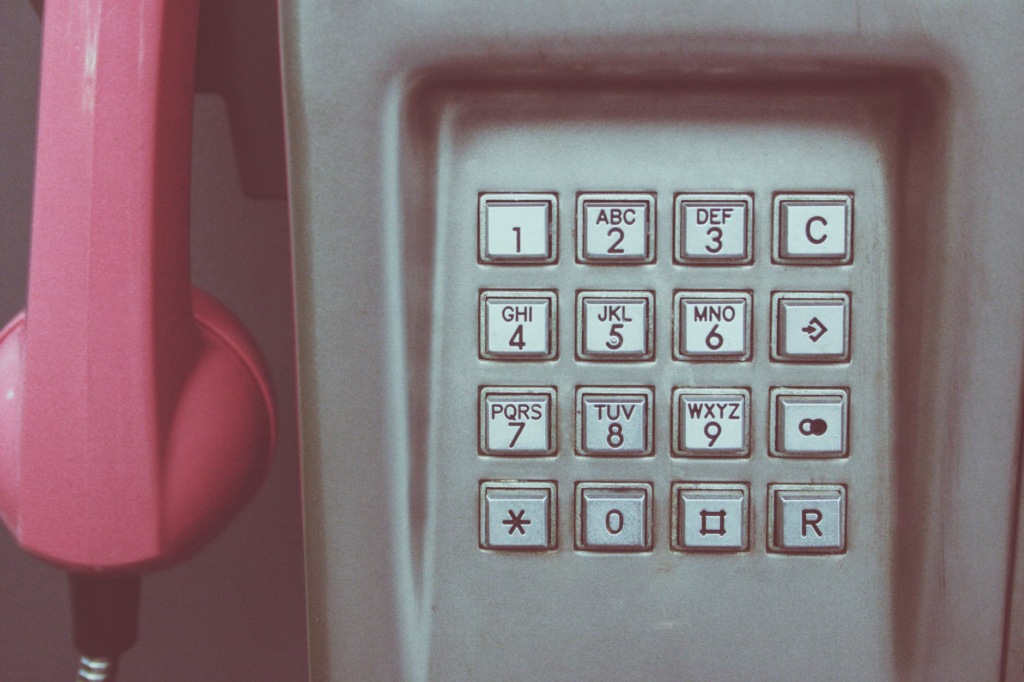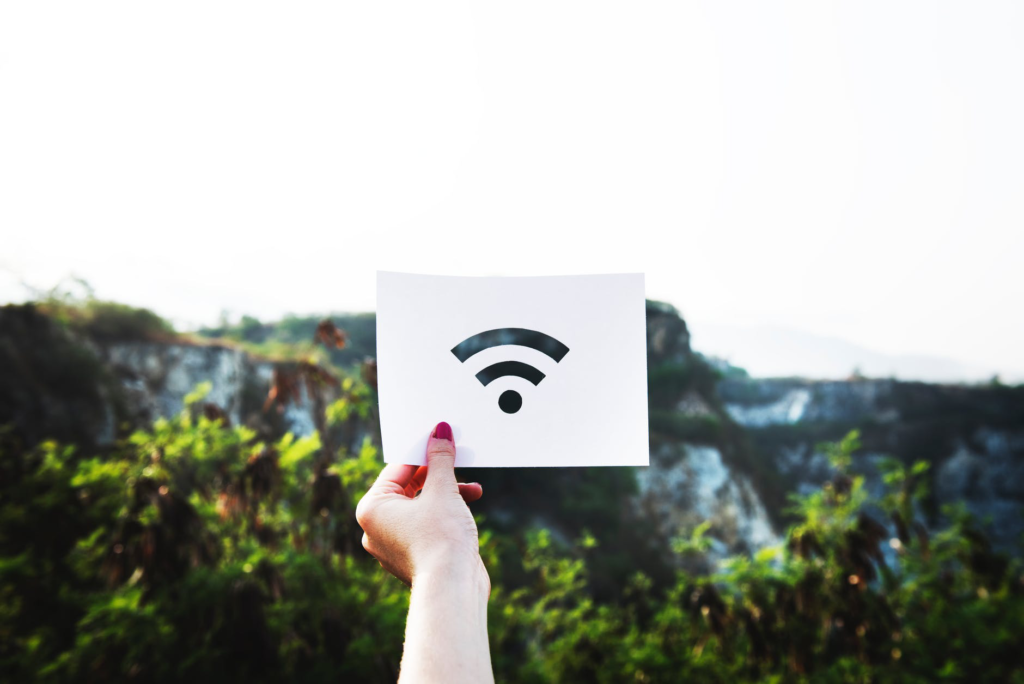
On average, households don’t take into account the various bills and monthly payments they have to make when budgeting. When they get through the food and basic amenities for the month, they realize that a long list of bills awaits them: electricity and gas, subscriptions and internet packages, and of course phone bills, which can range anywhere from $15 to $50 depending on the calls that you’re making—that is, how many calls you’re making in a day, whether or not you’re calling long-distance, that sort of thing.
In isolation and on their own, these subscriptions and bills may not seem much, but it’s when you combine all of them that realization dawns with stupendous force. The average monthly electric bill, calculated for the year 2017, amounted to $111.67, according to the U.S. Energy Information Administration. Natural gas is near $82 for a month, water is at $40, sewerage and garbage collection sits at $12–20, subscription to cable TV lies at $100, and subscription to the internet costs around $47. Altogether, we’re looking at over $400 as a monthly budget cut in utilities. Add to it potential repairs and additional costs, and you easily have $500 gone.
Any respite from such hefty costs will be a welcome relief, especially to households that are salaried. The near $50 that’s spent on phone bills can bring this relief—all you have to do is make the switch from conventional landline options to VoIP, or Voice over Internet Protocol.
Think about it: it’s like saving up to $600 a year.
What is VoIP?

Imagine that you’re making the same amount of calls that you were making on a conventional landline through a conventional phone company. These could be local calls, long-distance, or even international calls. Now imagine that you aren’t actually paying any phone bills in order to make these calls—instead, you’re making these calls via the internet, for which you already pay a subscription. Sweet, right?
Between 2000 and 2010, the number of Americans who were using high-speed broadband mushroomed rapidly, with more and more people jumping in on the internet trend. Post-2010, the internet is not just a “trend,” but a necessity: people use it to order food, do online shopping, book flights and hotels, and do pretty much everything else. These days, 90% of the American population uses the internet.
And what if these working internet connections were put to good use in making calls without having to pay monthly bills? It’s an efficient calling option that comes with the promise of reduced utility bills. This is what VoIP entails.
It’s Cheaper
Most people who have a vague idea of what VoIP is have heard of it with regard to businesses. These people are mistaken in thinking that VoIP can only benefit large, well-established businesses. On the contrary, it’s more so the small businesses and residential spaces who have equally to gain from this innovative communication solution.
The most obvious and the most exciting benefit of using VoIP in a residential setting is that this is a far cheaper option as compared to any other. As has been said, 90% of American households already make use of the internet, and thus are well-equipped with all the necessary equipment that they’ll need, already present in their homes.
Moreover, they won’t even need to pay anything as installation fees that goes with a regular installation service. Most VoIP service providers allow users to make free calls to others who have subscribed to the same service, and even long-distance calling is usually free for the first hour. Charges are added for international calls, but these are minimal and cause no great dents in your budgets.
Features
The features that come with most VoIP services are what make it so unique and so popular with businesses big and small. These are features that can also extend to your houses, particularly beneficial for you if you happen to be a professional or an entrepreneur who needs to take care of business matters from home.
Some of these useful features include voicemail, 3-way calling, call-waiting, and caller ID. You’ll never miss a call again with VoIP, since one of the features VoIP services may offer is the automatic call forwarding option.
Keep in mind that if you added all of these useful features to your regular landline service, you’re looking at anything between $80 and $90 a month. With VoIP, you’re only looking at $10 a month, since everything is done via the internet, and it makes everything far cheaper and easier.
Phone Number
Often times, when people do want to start cutting down on phone bill payments and are willing enough to switch service providers, they’re held back by one and only one setback: the looming prospect of having to pay for a change in the phone number. Phone companies usually charge fees to port numbers, and as a result people continue using their regular phone companies, which continue to raise prices.
With VoIP, this problem is solved as well, since you don’t have to change your number. You can continue using your old number. This is vital if you run a home-based business such as a bakery, since changing numbers also means losing valuable and loyal clients.
Comparing Savings
Let’s do some quick math. When we’re looking at regular landline services, we’re looking at a basic monthly expenditure of at least $50. With added features, such as call waiting, voicemail, call forwarding, etc.; an additional $25 are added to the bill. This brings you to an average bill of $75—on a yearly basis that amounts to $900.
Now let’s look at what VoIP will cost you: some $6 for the monthly services with all the features included. Even if we’re placing monthly contracts at $20, you’re at $240 a year. You end up saving $55 in a month and $660 a year. That’s a round trip to Hawaii that you’ve just earned using VoIP!
Interested in Looking at VoIP Services?
Visit Top5 Business VoIP today and browse through major VoIP service providers such as 8×8, Ring Central and more. You can also find many resources, articles, guides to help you make an informed decision!
Write comment










256 comments